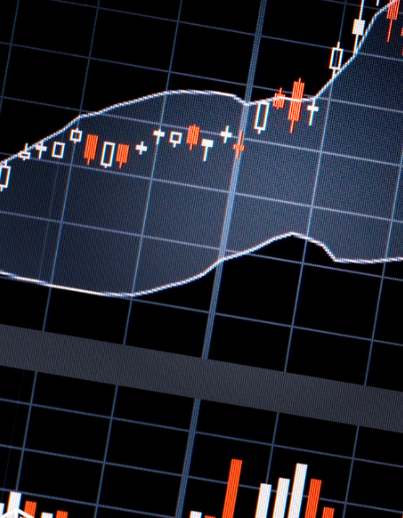Understanding the Role of Economic Indicators in Trading

Economic indicators, or macroeconomic data, provide vital insights into the health of an economy and are indispensable for traders. These indicators include key data such as employment figures, inflation rates, interest rates, and Gross Domestic Product (GDP). They serve as crucial tools for evaluating the state of the economy, which, in turn, influences decisions regarding the value of currencies, stock markets, and commodities. Understanding and utilizing these indicators can significantly improve trading decisions and enhance profitability.
How Economic Indicators Reflect Economic Health
Economic indicators are essential for assessing the overall economic landscape. By tracking a variety of indicators over time, traders can evaluate both the short-term and long-term economic trends. For example, GDP growth indicates a thriving economy and typically correlates with investor confidence and increased investment in that country’s assets. On the other hand, a declining GDP can signal economic trouble, leading to reduced confidence and investment.
Similarly, employment figures play a critical role. Rising unemployment suggests that companies are not hiring, which may indicate poor business conditions, leading to lower stock prices. Conversely, low unemployment typically signals a strong economy, where consumer spending is high, and corporate profits are likely to increase. By interpreting these signals, traders can identify potential trading opportunities based on current and future economic conditions.
The Influence of Economic Indicators on Currency Markets
Macroeconomic data is particularly influential in currency trading (Forex), where fluctuations in economic data directly impact currency values. Central banks, such as the Federal Reserve or the European Central Bank, base their monetary policies, such as setting interest rates, on key economic data like inflation and employment rates.
When central banks raise interest rates, often in response to high inflation, the value of the currency tends to increase. This is because higher interest rates attract foreign investment, boosting demand for the country’s currency. Conversely, when interest rates are lowered, the currency may depreciate as investors seek better returns elsewhere. Traders who understand how economic data influences central bank decisions can anticipate currency fluctuations and position themselves accordingly to profit from these shifts.
Using Economic Indicators to Predict Market Trends
Economic indicators also help traders predict future market trends. Leading indicators, like the Purchasing Managers’ Index (PMI), give insight into future economic activity. A PMI reading above 50 indicates expansion in the manufacturing sector, signaling potential growth in corporate profits and higher stock prices. Conversely, a declining PMI suggests slowing economic activity, which often leads to falling stock prices.
By analyzing these forward-looking indicators, traders can adjust their portfolios to capitalize on anticipated market movements, increasing their chances of making profitable trades.
Reducing Risk with Economic Indicators
Although trading involves inherent risk, economic indicators can help minimize some of that risk by providing a clearer picture of potential market shifts. For example, rising inflation can erode corporate profits, which may drive down stock prices. By closely monitoring inflation data, such as the Consumer Price Index (CPI), traders can adjust their strategies to hedge against inflation by investing in assets like gold or inflation-protected bonds.
Other economic indicators related to housing or retail sales can also offer early signs of either economic slowdown or growth. Traders who monitor these indicators can adjust their trading strategies accordingly, potentially avoiding risks associated with market downturns.
The Impact of Economic Indicators on Market Sentiment
Beyond their role in shaping market fundamentals, economic indicators can significantly influence market sentiment, which may sometimes drive prices more than the underlying data itself. Positive economic news can create bullish sentiment, leading to a surge in buying activity, even if the broader fundamentals are not as strong. Negative economic data can trigger panic selling, even in otherwise healthy markets.
By staying informed about key economic reports, traders can better prepare for changes in market sentiment and avoid making impulsive, emotional decisions that might lead to poor trading outcomes.
Conclusion
Economic indicators are essential tools for traders, helping them navigate the complexities of the financial markets. Whether used to gauge the overall health of an economy, forecast market trends, influence currency trades, or manage risk, these indicators provide valuable information for making informed, strategic trading decisions. By understanding and utilizing economic indicators, traders can enhance their ability to exploit market opportunities and avoid costly mistakes, ultimately improving their trading success.




